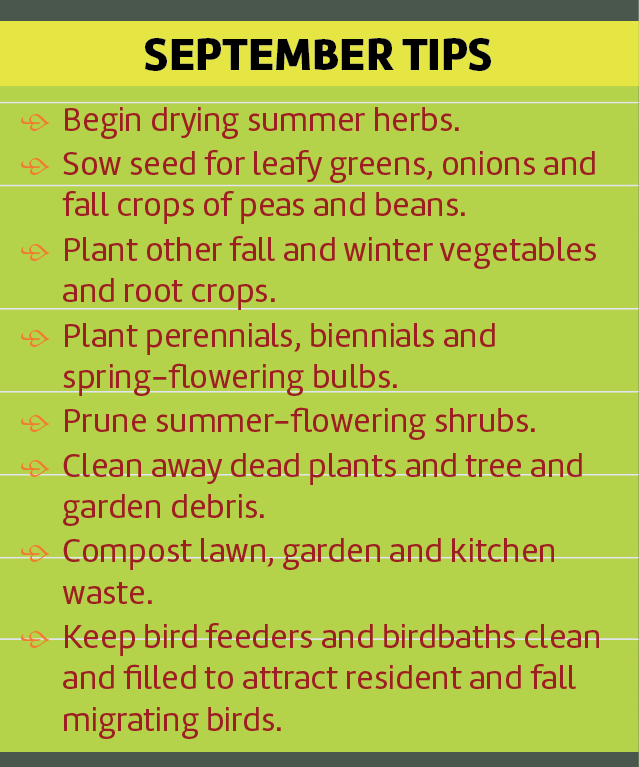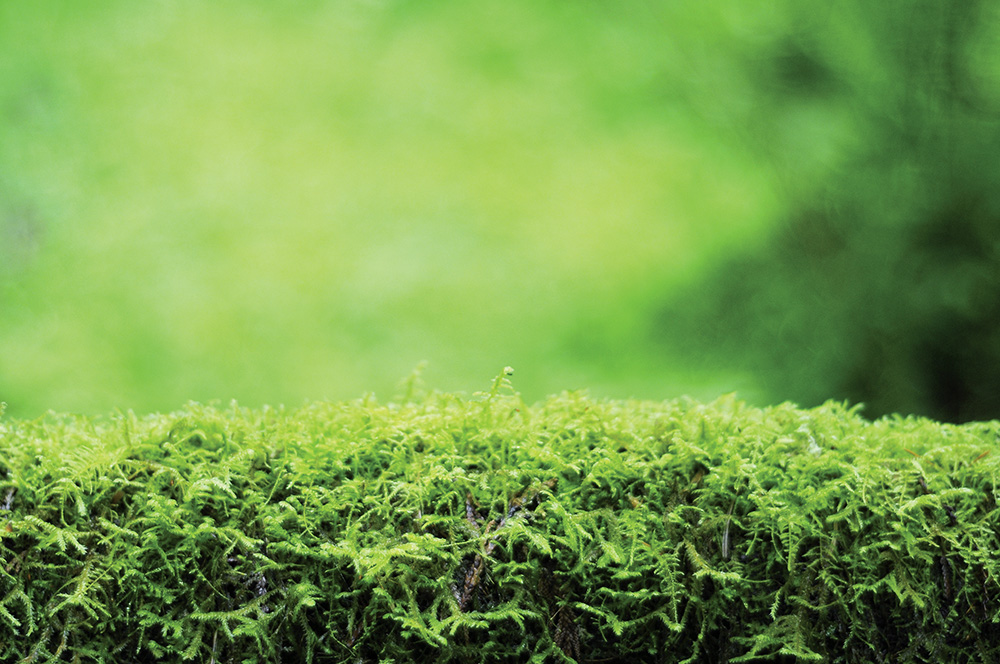If you’ve got moss growing in your landscape, don’t think of it as an enemy. Think of it as a gorgeous, low-maintenance friend.
Mossy spots in a yard usually occur in areas that are too shady, wet, acidic and/or compacted to support turf, groundcovers and other ornamental plants. Those spots are, however, prime habitat for mosses, which are ancient (thought to be 500 million or more years old), primitive plants capable of living in some of the most challenging environments, even desert and arctic locales. They’ve also been used by gardeners for centuries to create exquisite botanical settings — think the serene lushness of Japanese gardens.
I’ll resist my natural nerdy urge to go into the scientific reasons that moss is amazing, though it’s a fascinating story worthy of further study if you are interested. Suffice it to say that mosses are non-vascular bryophytes that, despite the fact that they lack true leaves, branches or roots, are able to draw nutrients and moisture from even the harshest of environments.
Because of this, mosses can grow in places that other plants cannot, including on trees, rocks, bricks, concrete and compacted soils. They can also withstand periods of drought and cold, often becoming brown and desiccated in hard times only to rejuvenate once moisture and temperature conditions improve.
If you have moss “problems” in your yard or need a low-maintenance option for a shady, moist area of the lawn, a soft carpet for a rocky ledge, an edging for stepping stones or a novel idea for a “container” garden (pots, table-top rocks, terrariums and more), moss is your friend, one you should protect rather than fight.
This can be done by nurturing an existing patch (obviously moss already likes that area) or readying a new moss-friendly space by removing grass, weeds and plant debris, such as fallen leaves, from the area to expose bare ground. Existing moss will begin to spread (it reproduces through spores and division) in the area, or you can transplant new mosses into the space. 
If you’re transplanting moss, which is best done in the fall and spring, you’ll need to water it regularly for the first few months. You may also want to cover the area with lightweight landscape netting to hold new plugs in place and protect them from yard critters that might disturb them before they become established.
Once moss has a foothold — which may take a year or longer as moss is a meditative, slow-growing creature — just keep the area clean and moist (especially during extended periods of dry weather). Moss requires no mowing or pesticides and little-to-no fertilizer, though you can boost moss growth by using a light dose of an acidic fertilizer or a drench made from equal parts water mixed with buttermilk, powdered milk or yogurt.
So where do you get moss? Moss spores naturally float in on air currents or in water droplets, but transplants of moss can also be gathered from existing patches in your own yard or (ask permission first!) from the yards of your friends, family and neighbors and even from nursery greenhouses. Collecting moss from the “wild” is discouraged because doing so can damage or destroy natural ecosystems and, because your yard may not provide the proper growing environment, it may not survive the transplanting process.
If you can’t find a free source, purchase moss from specialty growers (look online for suppliers) who can also offer guidance on the proper choices for your specific growing conditions.
Many books and online resources are available on moss gardening, and public gardens and garden centers and organizations often host moss gardening workshops, too. One fabulous resource is the website of Moss and Stone Gardens (www.mossandstonegardens.com), an amazing place in Raleigh, N.C., where moss gurus David Spain and Ken Gergle illustrate just what can happen if we embrace moss as a friend — a gorgeous, undemanding friend.
Katie Jackson is a freelance writer and editor based in Opelika, Alabama. Contact her at katielamarjackson@gmail.com.






